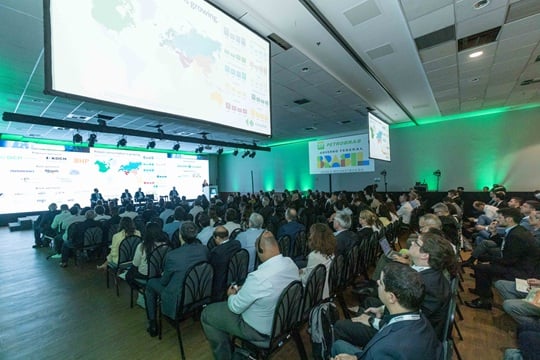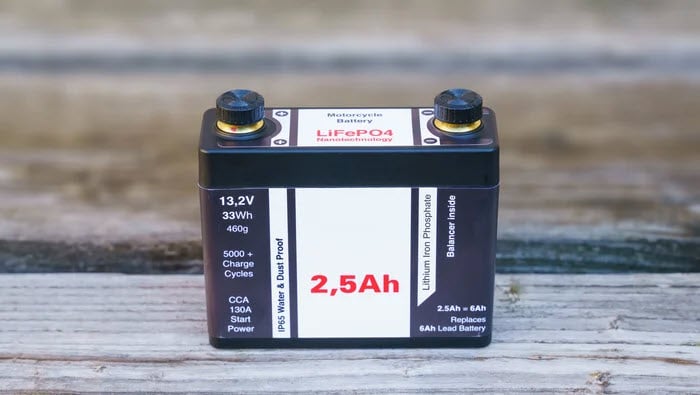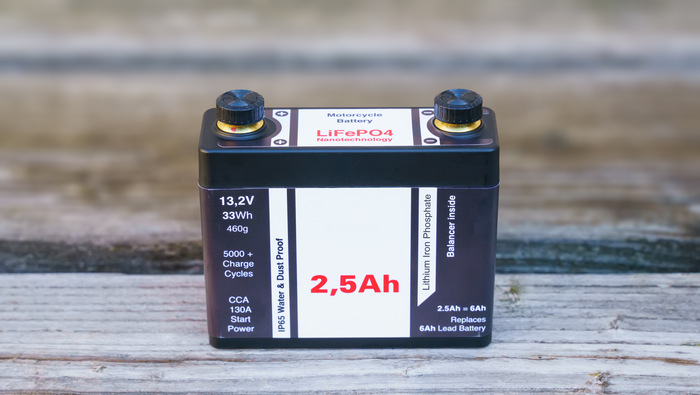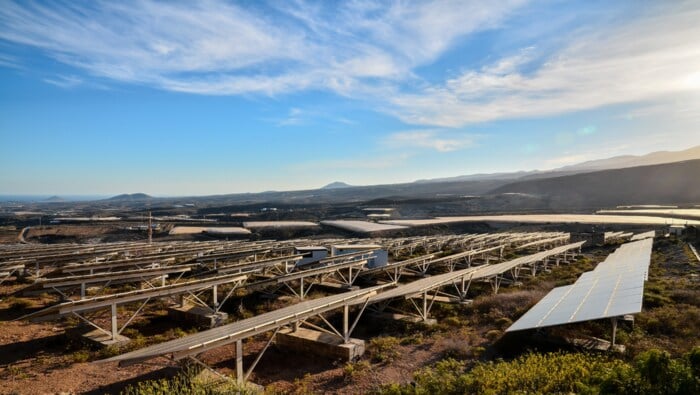The Indian government introduced the nutrient-based subsidy (NBS) policy in April 2010 to improve agricultural productivity and fertilizer usage, and to help enhance food security in the country.
The subsidies for selected grades of complex fertilizers are declared ahead of the next fertilizer year and companies are free to charge farmers on a 'reasonable' basis. At the same time, imports of complex fertilizers (DAP, MOP, SSP and other complex grades) were also deregulated to reduce the gap between fertilizer supply and demand. The new policy was considered to boost the balance usage and help government to save subsidy.
The policy roadmap
The Indian government gradually reduced the subsidy for all grades of fertilizer because of a fall in import prices with an average decline of about 41% for all grades since April 2010. Widely consumed grades such as DAP, MOP and SSP saw a subsidy decline of 45%, 37% and 47% respectively. At the same time, companies had to deal with additional factors such as managing working capital with a delay in subsidy payments, currency and price volatility, the availability of raw materials and government intervention when maximum retail prices (MRPs) are raised. Companies have tried to address these issues by raising the MRPs of complex fertilizers since April 2010. The DAP MRP increased from INR 9,950/mt to INR 21,700-22,000/mt, while MOP increased to INR 11,000/mt from INR 5,055/mt. At present, the MRP of DAP is four times higher than urea and MOP double. Such a rise in MRPs has affected farmer buying behaviour, leading them to choose cheaper urea and SSP alongside a few complex grades to minimise cultivation costs.
After the introduction of the NBS, companies had a degree of flexibility through sales either via imported product or domestic output based on production costs and the imported prices of finished products or raw materials. Still, most producers import all their raw materials e.g. phosphoric acid, ammonia, phosphate rock, sulphur and sulphuric acid. Therefore, they face difficulty in managing margins given the various factors involved in domestic production or imports. Additionally, urea is excluded from the NBS policy, which is a major concern when it comes to sales. Farmers will usually seek the cheapest fertilizer such as urea in this case, with the government keeping the urea MRP more or less the same for more than a decade.
Sales of urea and SSP increased by 20% and 76% respectively from FY2010 to FY2016. DAP and MOP, meanwhile, saw sales decline by 7% and 47% respectively during the same period. Lower consumption of complex fertilizers among farmers also affected imports of DAP and MOP, which have continuously declined since FY2010. Companies have focused more on imports to serve declining consumption given the fall in import prices, rather than on domestic production.
Challenges in managing margins
Producers and importers of complex fertilizers face a challenging task to make margins on DAP and MOP. Importers and traders of finished products such as Chambal Fertilizer and Indian Potash are slightly better placed compared to producers, as these companies can take advantage of price volatility. Producers are often required to stick to contract volumes and prices based on quarterly or yearly agreements, especially for MOP, phosphoric acid and phosphate rock. Therefore profit margins are restricted to settled prices of raw materials. Producers such as IFFCO, Paradeep Phosphate and Coromandel have greater flexibility and are able to generate profits by producing different grades instead of sticking to DAP. But, this strategy is largely linked with domestic demand, supply and prices of raw materials.
In 2015, companies were hoping for improved demand in advance of predictions of an above normal monsoon. Traders and producers imported record volumes of DAP and focused on NP/NPK/NPS production. However, deficient rainfall changed company strategies and by Q4 2015 manufacturers started producing more DAP as import prices of raw materials declined. Producers have various options to produce DAP or other grades by using phosphoric acid with ammonia, phosphate rock and ammonia with either sulphur, sulphuric acid or a combination of both. CRU has provided estimates (see charts below) for DAP cash costs along with imported DAP prices based on production via phosphoric acid with ammonia and phosphate rock with sulphur. Presently, the direct import of DAP remains the best option for companies with an estimated margin of about 6-7% compared to 3-7% across the other production options. However, most plants do not have a flexibility to explore all options and mainly use the phosphoric acid and ammonia route, and therefore depend heavily on raw material prices.
Hoping for improvement
Complex fertilizer companies are hoping that situation will improve over the long term once urea is brought under the NBS policy. Government initiatives of direct subsidy transfer, an emphasis on irrigation and agriculture productivity, a revision of the tax structure and possible lower import duties for raw materials and finished products are likely to improve the conditions for complex-grade producers. In the long term, the major concern will be raw material availability at affordable prices. India does not have significant phosphate (90-95% is imported) or potassium resources and CRU expects that with a rise in fertilizer consumption, companies are likely to focus more on imports of finished products to avoid uncertainty over currency fluctuations, subsidy payments, raw material and price volatility.

















